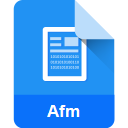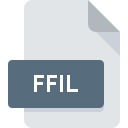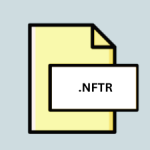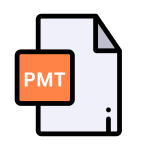.TFM File Extension
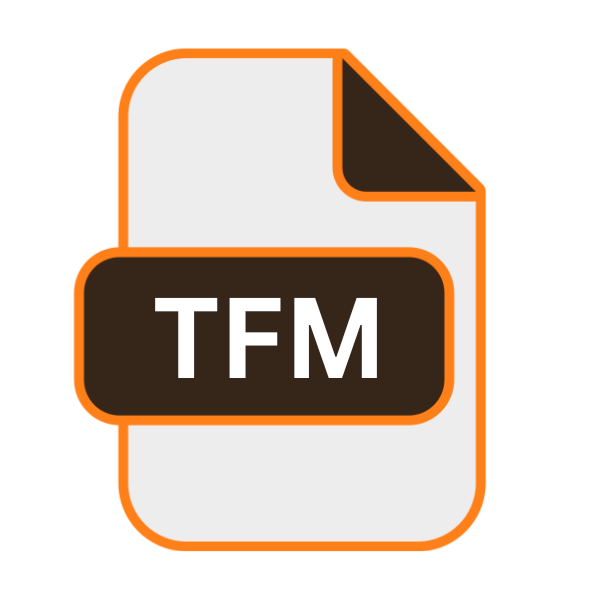
TeX Font Metric File
| Developer | N/A |
| Popularity | |
| Category | Font Files |
| Format | .TFM |
| Cross Platform | Update Soon |
What is an TFM file?
The .TFM file extension plays a crucial role. These files, known as TeX Font Metric files, contain essential information about fonts used in TeX documents.
Understanding their origin, structure, and usage is vital for anyone delving into the world of TeX typesetting.
More Information.
The primary purpose of .TFM files is to store metric information about fonts. This includes data such as character widths, heights, depths, and kerning pairs.
Originally, .TFM files served as a crucial component of the TeX typesetting process, enabling accurate placement of characters within documents.
Origin Of This File.
TFM files trace their origins back to the TeX typesetting system developed by Donald Knuth in the late 1970s.
As TeX gained popularity as a powerful typesetting tool, the need for a standardized way to describe font metrics became apparent. Thus, the .TFM file format was born.
File Structure Technical Specification.
TFM files adhere to a specific structure dictated by the TeX typesetting system. They typically consist of a header section followed by a series of font metric data entries for each character in the font.
The format includes parameters like design size, font checksums, character dimensions, kerning information, and ligature tables.
How to Convert the File?
Converting .TFM files to other formats can be necessary for compatibility with different software or operating systems. Here’s a general guide on how to convert .TFM files:
1. Using TeX Utilities:
TeX distributions often come with utilities for converting .TFM files to other formats. These utilities may include:
- afm2tfm: Converts Adobe Font Metrics (AFM) files to .TFM files. This can be useful if you have AFM files corresponding to the fonts you want to convert.
- tfm2pl: Converts .TFM files to Property List (PL) format, which is a human-readable representation of font metrics. This format can be useful for inspecting and modifying font metrics.
- tftopl: Converts .TFM files to TeX Font Property List (PL) format. This format is similar to PL format but specifically designed for TeX fonts.
To use these utilities, you typically need to run them from the command line and provide the appropriate input files and options.
2. Third-Party Software:
There are third-party software solutions available that can convert .TFM files to other formats. These software packages may offer graphical user interfaces (GUIs) and batch processing capabilities, making the conversion process more user-friendly.
Some popular third-party software options for converting .TFM files include FontForge, FontLab, and TransType. These tools may support conversion to formats such as TrueType (TTF), OpenType (OTF), or Type 1 (PFB/PFA).
To use third-party software for conversion, you typically need to install the software, import your .TFM files, and then choose the desired output format and settings before initiating the conversion process.
3. Online Conversion Services:
There are online conversion services available that allow you to upload .TFM files and convert them to other formats using web-based tools. These services can be convenient if you don’t have access to local conversion software or if you only need to perform occasional conversions.
Some online conversion services may offer additional features such as batch processing, support for a wide range of input and output formats, and options for adjusting conversion settings.
To use an online conversion service, you typically need to visit the service’s website, upload your .TFM files, specify the desired output format and settings, and then initiate the conversion process. Once the conversion is complete, you can download the converted files directly from the website.
Advantages And Disadvantages.
Advantage:
- Standardization: .TFM files provide a standardized format for describing font metrics, ensuring compatibility across different TeX implementations.
- Efficient Typesetting: By storing essential font information in a compact format, .TFM files facilitate efficient typesetting of TeX documents.
- Customization: Users can modify .TFM files to fine-tune font metrics according to their specific needs, enabling customization of typography in TeX documents.
Disadvantage:
- Limited Font Support: .TFM files are primarily designed for TeX fonts, limiting their compatibility with fonts from other sources.
- Complex Modification Process: Editing .TFM files to adjust font metrics can be a complex and error-prone task, requiring a deep understanding of the TeX typesetting system.
- Lack of Modern Features: .TFM files may lack support for modern typographic features found in newer font formats, potentially limiting their utility for contemporary typesetting needs.
How to Open TFM?
Open In Windows
Use MiKTeX or TeX Live. Employ TeXworks or TeXnicCenter. Incorporate .TFM fonts in TeX documents with \font. Compile with TeX compiler. Resulting PDFs contain fonts from .TFM files.
Open In Linux
Install TeX Live. Utilize TeXstudio or Emacs with AUCTeX. Integrate .TFM fonts in TeX documents using \font. Compile with pdflatex or latex. Output files include fonts specified by .TFM files.
Open In MAC
Install MacTeX. Use TeXShop or Texpad. Integrate .TFM fonts in TeX documents with \font. Compile with included TeX compiler. PDFs include fonts from .TFM files.
Open In Android
Upload .TFM files to cloud storage. Access via TeXpert or VerbTeX. Compile TeX documents with .TFM fonts using online services like Overleaf. Output PDFs include fonts specified by .TFM files.
Open In IOS
Upload .TFM files to cloud storage. Access via Texpad or TeX Writer. Compile TeX documents with .TFM fonts using online TeX compilers like Overleaf. Resulting PDFs contain fonts from .TFM files.
Open in Others
Upload .TFM files to cloud-based TeX services like Overleaf. Access via web browsers. Compile TeX documents online. Resulting PDFs contain fonts from .TFM files. No direct support for .TFM files on other platforms.
